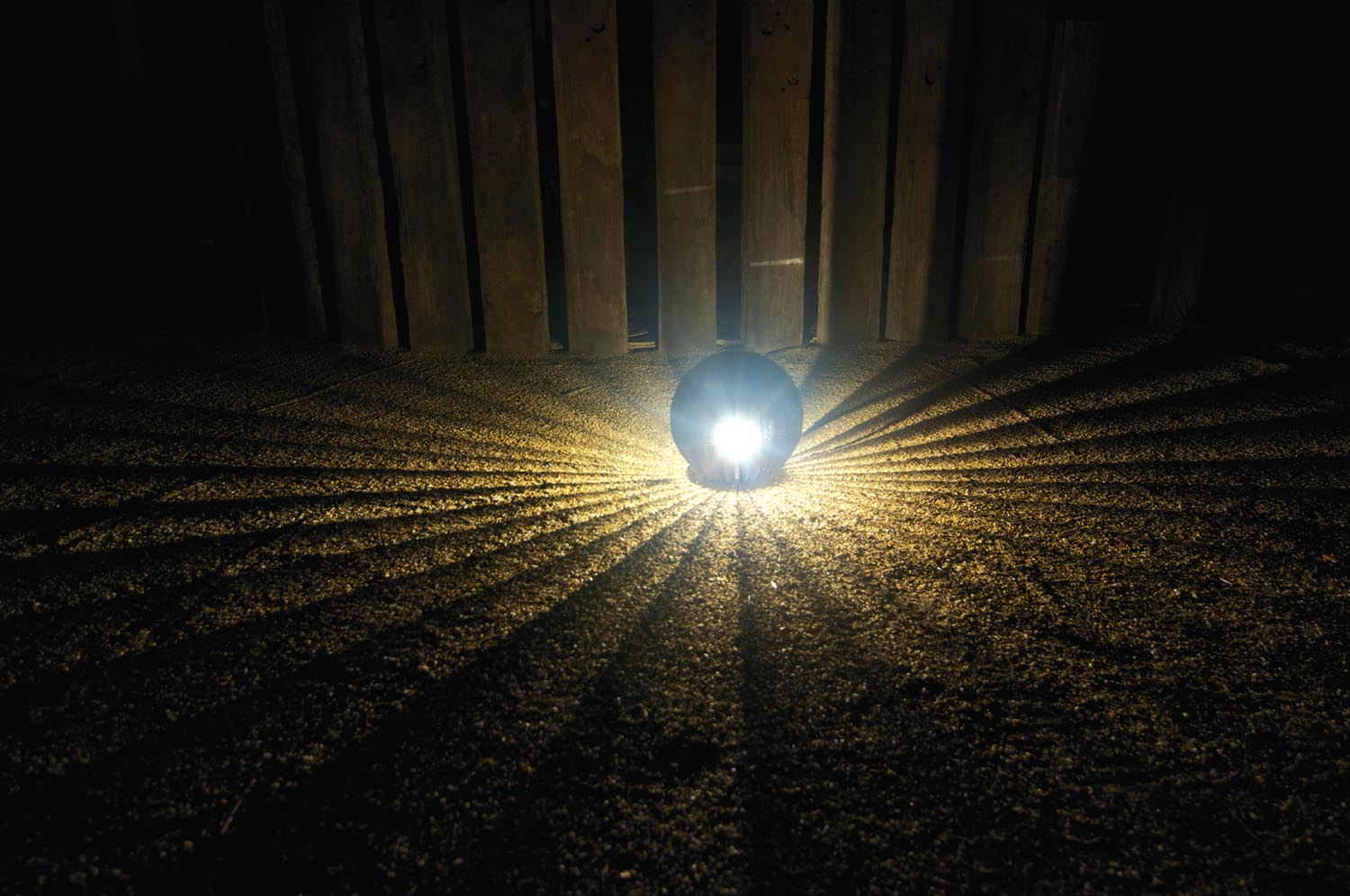If you only know echinacea as a herbal preparation you might be unprepared for how beautiful a plant it is.
Words Jennifer Stackhouse
Part of the huge daisy family, echinacea is a herbaceous perennial from the prairies of North America’s Midwest that flowers for many months through autumn.
The rosette of hairy leaves produces tall stems of mauve, pink or white flowers — such as in the variety ‘Swan Lake’ — but what makes it distinctive and ideal to mass-plant in a sunny garden is the prominent dome of black and gold stamens in the centre of the flower.
‘Magnus Superior’ is a variety that has large mauve flowers and a prominent boss of golden stamens.
As well as the widely grown Echinacea purpurea, there are other species including E. angustifolia and E. pallida.
In recent years, new and colourful varieties have been released including ‘Watermelon Sugar’, which has bright-pink double flowers.
In cold areas, seed pods persist for many months, adding interest to the winter garden.
Medicinal and other benefits
While echinacea is a beautiful addition to the garden it also has traditional medicinal uses, including the treatment of respiratory problems.
It’s best known for its ability to boost the immune system and perhaps reduce the duration of colds and sniffles (although research on this is inconclusive). It has also been shown to have antiviral and anti-inflammatory uses and can be applied to the skin as a cream to reduce eczema.
All parts of the plant have medicinal properties, including polysaccharides, glycoproteins, alkamides, volatile oils and flavonoids. The upper part of the plant is used to extract the polysaccharides that are said to reduce cold symptoms.
Preparations containing all three species of Echinacea are available commercially as herbal teas, tablets, ointments and the like.
It’s worth noting, however, that some people are allergic to echinacea and it shouldn’t be taken for more than a week.
The flowers with their prominent cones of stamens also attract beneficial insects, particularly pollinators, and can be picked for autumnal flower arrangements.

Grow your own
Echinacea grows in all but hot, humid settings but is best in temperate climates. Plant in a sunny spot in well-drained soil. Plants die down in winter when they are cut back but reappear in spring.
Once established, it’s low care and drought tolerant but new plantings, especially if the weather is warm and dry, should be kept watered.
In winter or early spring, cut the plant down to ground level to make way for new growth.
Availability
Look for echinacea in the perennial section of your local garden centre, especially in autumn, or search online for suppliers. It can also be grown easily from seed sown in autumn
or spring.
Organic plants are available by mail order from Mud Brick Cottage and Diggers Club, which offer named varieties.
Echinacea label
Common names: Echinacea, purple coneflower, hedgehog coneflower
Botanical name: Echinacea purpurea
Family: Asteraceae (daisy family)
Aspect & soil: Sun; well-drained soil
Best climate: Cool, Mediterranean, temperate, subtropical
Habit: Perennial
Propagation: Seed, potted plant, division of existing clump
Difficulty: Easy





